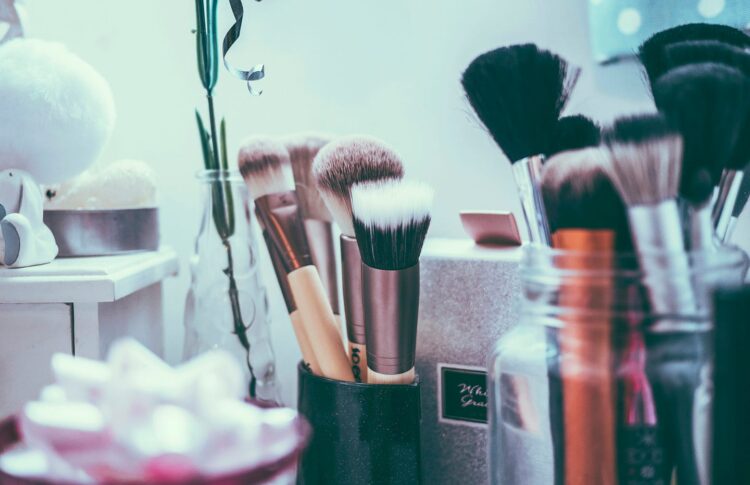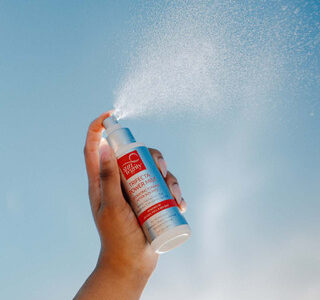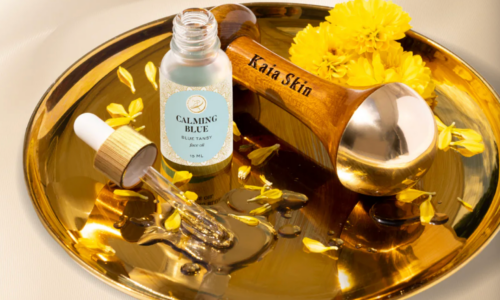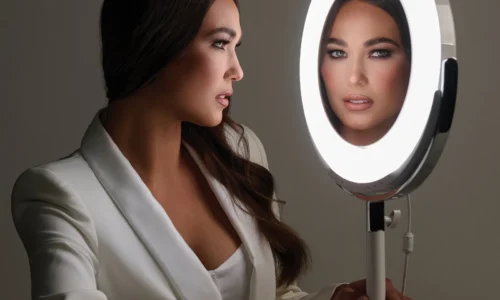Let’s talk beauty — but not the kind that comes in an Instagram filter. We’re diving into the real deal: the ethics of beauty and why your lipstick might be holding secrets darker than last season’s contour trend.
Welcome to the future of beauty, where innovation meets tradition, and where we ask the uncomfortable questions. Like, why are we still smearing questionable ingredients on our faces in 2025? Why do some beauty brands act like testing on animals is an underground hobby? And why do we keep buying into it?
It’s time for a glow-up — one that’s clean, green, and cruelty-free. Let’s break it down.
Clean Beauty: Marketing Gimmick or Skincare Revolution?
Ah, clean beauty — the term that gets thrown around more than free samples at a Sephora opening. The concept sounds noble: beauty products made without toxic ingredients, harmful chemicals, or things that require a chemistry degree to pronounce. But is it all just a marketing ploy?
Not exactly. Clean beauty isn’t about scaring you into tossing your entire makeup bag into the abyss. It’s about transparency. The beauty industry loves a good mystery ingredient list — one that reads like a foreign language exam. The problem? Some of those unpronounceable words are linked to hormone disruption, allergies, or worse.
That’s why the future of clean beauty is about going back to basics — but with a high-tech twist. Think ancient herbal remedies meeting cutting-edge biotechnology. We’re talking brands that harness the power of natural ingredients like aloe vera, green tea, and turmeric but with scientific backing that ensures they actually work. Because let’s be honest — just because Cleopatra bathed in donkey milk doesn’t mean we should too.
Green Beauty: Saving the Planet One Serum at a Time
If your beauty routine requires more plastic than a Barbie convention, we’ve got a problem. The beauty industry is a major contributor to pollution, pumping out millions of tons of plastic packaging each year. And don’t even get us started on those microplastics — tiny particles that slip through our drains, head into the ocean, and end up in our sushi rolls. Bon appétit.
Enter green beauty, where sustainability is the main event, not just a side hustle. Brands are ditching single-use plastics for refillable packaging, compostable materials, and zero-waste innovations. Some companies are even turning food waste into beauty gold (yes, your morning coffee grounds might soon be your next exfoliant).
But let’s get real: going green in beauty isn’t just about packaging. It’s about ethical sourcing, sustainable farming, and ensuring that the people harvesting your organic shea butter are paid a fair wage. It’s about not burning down the Amazon rainforest for a highlighter palette. The beauty industry has a responsibility to stop being pretty on the outside and ugly on the inside.
Cruelty-Free Beauty: Because Bunnies Deserve Better
Imagine this: you buy a new mascara, swipe it on, and feel fabulous. Now picture a poor rabbit in a lab with that same mascara smeared into its eyes while scientists wait to see what happens. Not so fabulous anymore, huh?
The beauty industry has been testing on animals for decades, and while many countries have banned the practice, some brands still sneak around it like it’s a black-market operation. The loophole? Selling in places like China, where animal testing is still required for certain cosmetics.
But here’s the plot twist: science has advanced to the point where we don’t need to torture bunnies to make sure our eyeliner doesn’t give us a rash. There are alternatives — like using lab-grown skin cells, AI modeling, or even good old-fashioned human volunteers (crazy concept, right?).
The future of cruelty-free beauty means no excuses. If a brand still insists on animal testing, it’s time to ghost them faster than a bad Tinder date.
The Future of Ethical Beauty: Tradition Meets Innovation
Now, let’s connect the dots. How do clean beauty, green beauty, and cruelty-free beauty tie into heritage and innovation? Simple: the best beauty brands of the future are looking to the past for wisdom while using technology to level up.
Think ancient botanical recipes combined with modern biotech. Imagine centuries-old Ayurvedic practices infused with lab-engineered peptides. Consider sustainable packaging crafted from traditional materials like bamboo but designed with futuristic 3D printing techniques. It’s about honoring what worked before while making sure it aligns with modern ethics and sustainability.
So, what’s the takeaway? Ethical beauty isn’t just a trend; it’s the future. And in a world where consumers are demanding more accountability, the brands that refuse to adapt will fade faster than an overhyped beauty influencer’s career.
The next time you shop for beauty products, ask yourself: Is it clean? Is it green? Is it cruelty-free? If the answer isn’t a loud, confident “YES,” put it back on the shelf and walk away.
Because let’s be real — true beauty isn’t just about looking good. It’s about doing good too.
ethical beauty, clean beauty, green beauty, cruelty-free cosmetics, sustainable beauty, natural skincare, eco-friendly makeup, organic beauty, beauty industry ethics, innovative skincare, zero-waste beauty, sustainable packaging, cruelty-free brands, ethical cosmetics, toxin-free beauty, conscious consumerism
